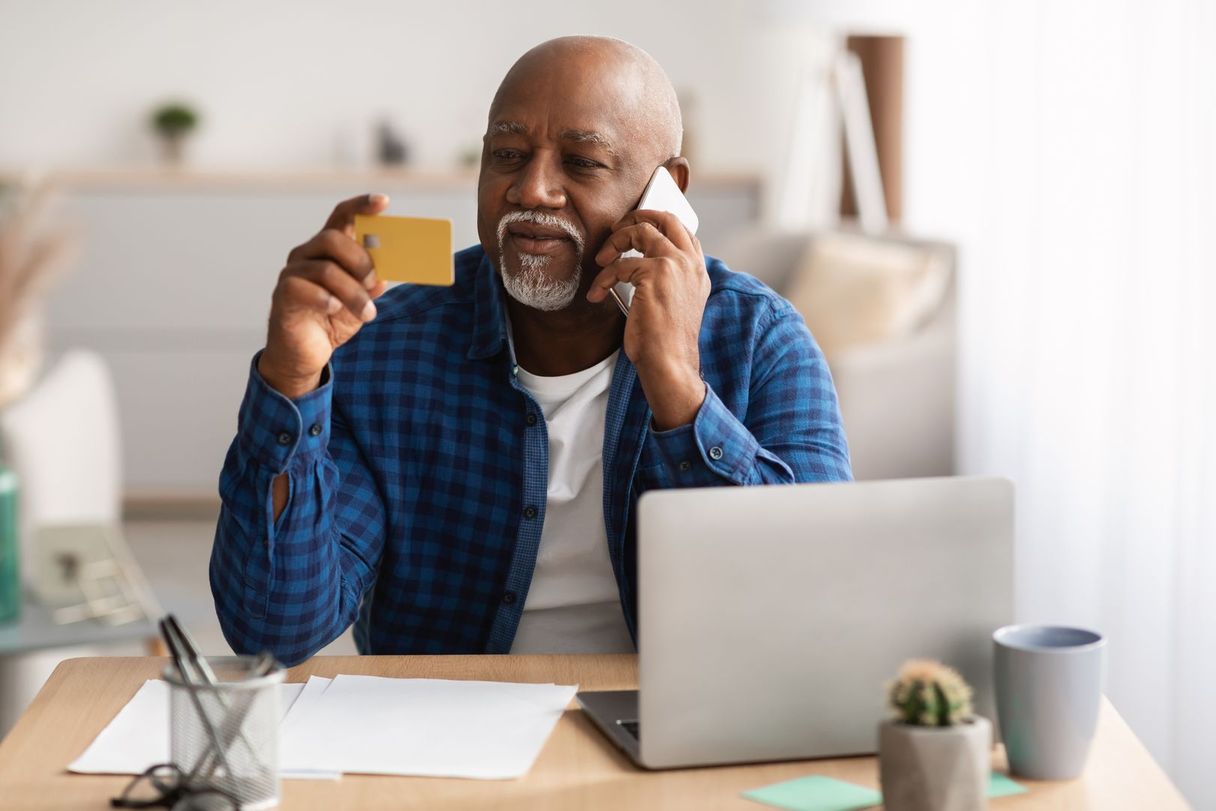The Best Ways To Protect Your Bank Accounts From Fraud
Fraud and identity theft have become unfortunately commonplace in today’s ultra-digital world. Although most people know basic measures to protect themselves, staying safe may not be as intuitive as it used to be, particularly with the ever-changing technology landscape across the globe. Thankfully, there are some extra steps you can take that, while not necessarily obvious, can help protect you better. Here are some of the financial safety precautions you can start taking today…

In-Store Shopping
The rapid advancement of technology comes with a dark side that involves individuals finding easier and more covert ways to access money that isn’t theirs. One device that can put your money at risk is a remote card reader.
Anyone using this device can obtain your complete credit card information without even having to be in contact with the actual card, as long as it’s out in the open. That’s why it’s important to only take your card out of your wallet once you’re paying for items and to place it right back in your wallet the moment you’re finished with the purchase.

ATM Safety
ATMs are a convenient way to exchange money with your bank, so naturally, we use them all the time for tasks such as withdrawing money, depositing money, and checking account balances. When you use a service too frequently, though, it’s easy to become complacent when it comes to safety. One smart tip for doing business at an ATM is to only use indoor ATMs, which are far less susceptible to tampering due to added security cameras and the simple protection of being behind a closed door. Another easy way to protect yourself at an ATM is to simply hover over the PIN pad when entering your code. This ensures that your PIN is not obvious to anyone who may be standing behind you.
Online Shopping
The wide availability of online shopping has made life so much more convenient, that it’s easy to forget that not all methods are safe to use. A good rule of thumb is to use only your personal, or otherwise trusted, computer when making online purchases, along with ensuring your wireless network is secure.
You should also make it a habit to verify the website address, making sure it isn’t off by a letter or two, as this could mean it’s a scam or phishing site. While you’re at it, check the security certificate, which should display a lock icon next to the site URL, and finally, be sure to log out after you’ve finished any transactions.

Shopping Over The Phone
Banks will never call you to verify account information over the phone, so if you do receive a call like this, don’t provide any information. Instead, hang up immediately. If you’re still feeling unsettled, you can always call your bank directly or head to your local branch to see if they actually need something from you.
However, if anyone outside of a financial institution is asking for your personal information, or is doing so over the phone, it’s best not to give anything out unless you’re entirely sure who you’re speaking to.

Update Your Card’s Security
There are some quick ways to add extra protection to your personal cards. One way is to set maximum spending limits on purchases, which requires authorization for any purchases over that maximum amount. Authorizations can be done over the phone or using your PIN number.
Another smart measure to take is enabling notifications through your phone about what purchases were made on your card and when. This way, anytime a suspicious purchase is made, you can address it immediately, and notify your card carrier about the activity.
Following even one of these methods will help boost your financial security. However, there is safety in numbers, so utilizing all of these tips will make you an unlikely target for scammers, that are often looking for a quick and easy victim.
